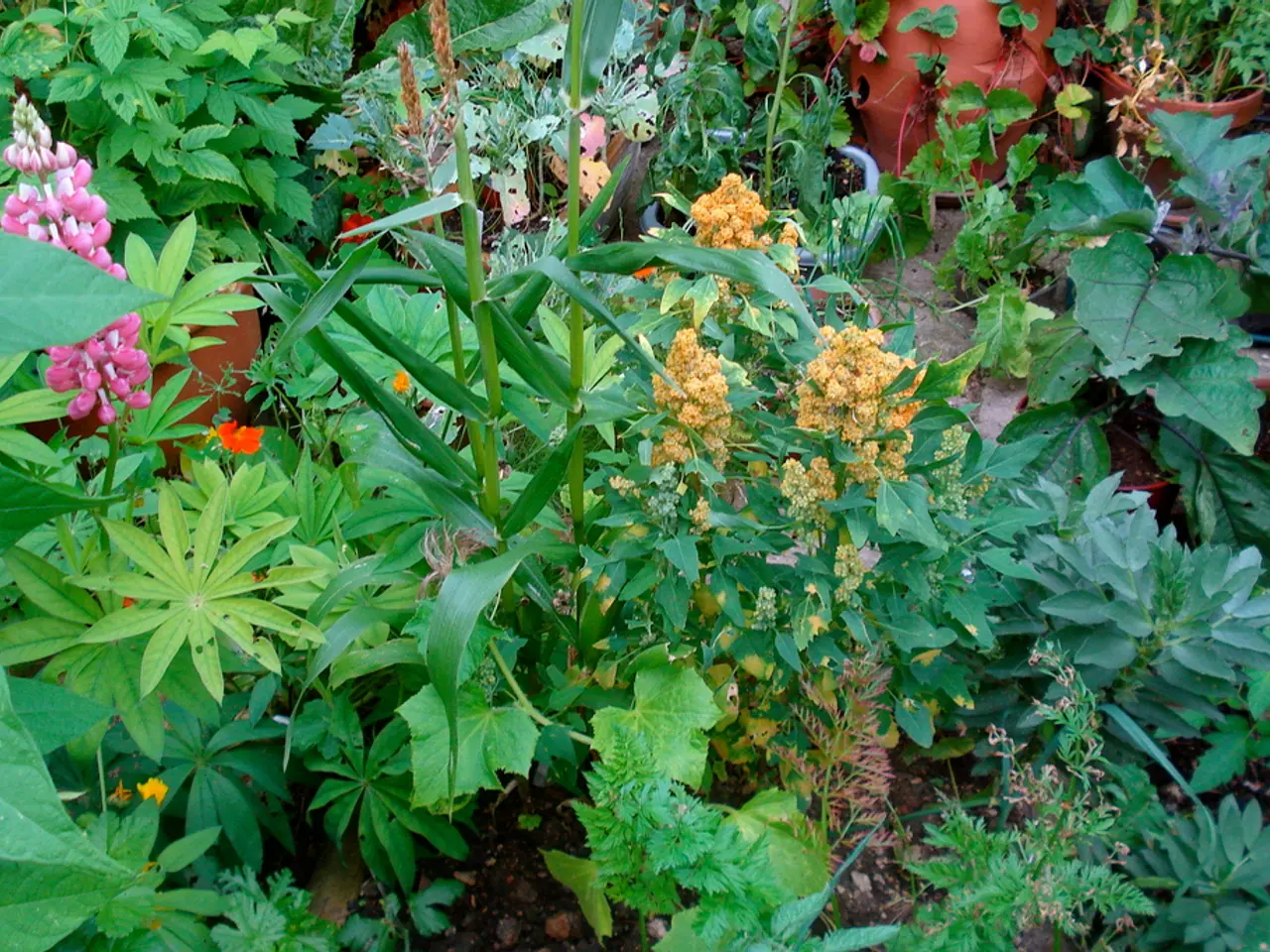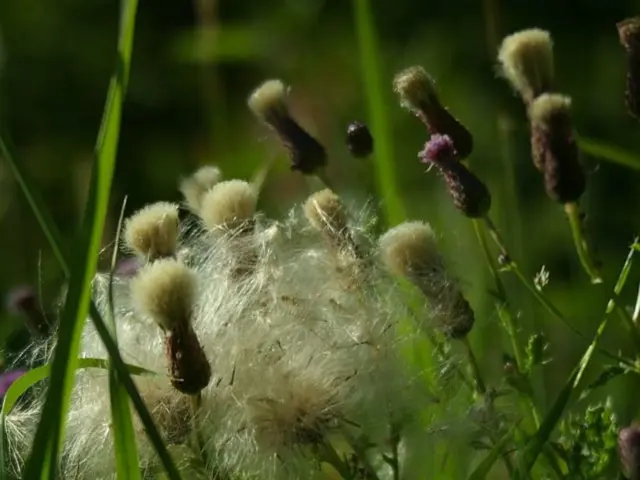Gardening with Natives: The Key to Fighting Invasive Species in Germany
Invasive plant species pose a significant threat to Germany's native flora and fauna. These non-native species can outcompete locals, disrupt ecosystems, and even pose physical dangers. Gardening with native plants, however, can help preserve biodiversity and protect wildlife.
Invasive plants like Giant Hogweed, Japanese Knotweed, Sachalin Knotweed, and Goldenrod species have rapidly spread across Germany. They displace native vegetation, alter soil chemistry, and in the case of Giant Hogweed, cause skin burns and blindness. Native plants, on the other hand, support local wildlife by providing food and shelter, thereby promoting biodiversity.
To create a wildlife-friendly garden, consider a variety of habitats such as long grass, shrubs, trees, and water features. This diversity attracts a wide range of species. Moreover, native plants require less maintenance and are more resistant to pests and diseases. Avoid using pesticides and herbicides, which can harm pollinators and other beneficial wildlife.
Gardening with native plants helps preserve the natural balance of the environment. It supports local wildlife, reduces the need for chemical treatments, and helps control invasive species. By creating diverse habitats and choosing plants adapted to local conditions, gardeners can play a crucial role in protecting Germany's native ecosystems.
Read also:
- Bishop's Tour of Rome's Refugee Center Acts as Blueprint for Episcopal Institutions in Europe and the US
- Bristol's River Malago to Get Major Revamp for Biodiversity, Flood Defense, and Heritage Celebration
- Lawmakers in California pass legislation focused on climate, power grid, and utility reforms
- Aschaffenburg Launches ABGIS: Real-Time City Data at Your Fingertips








